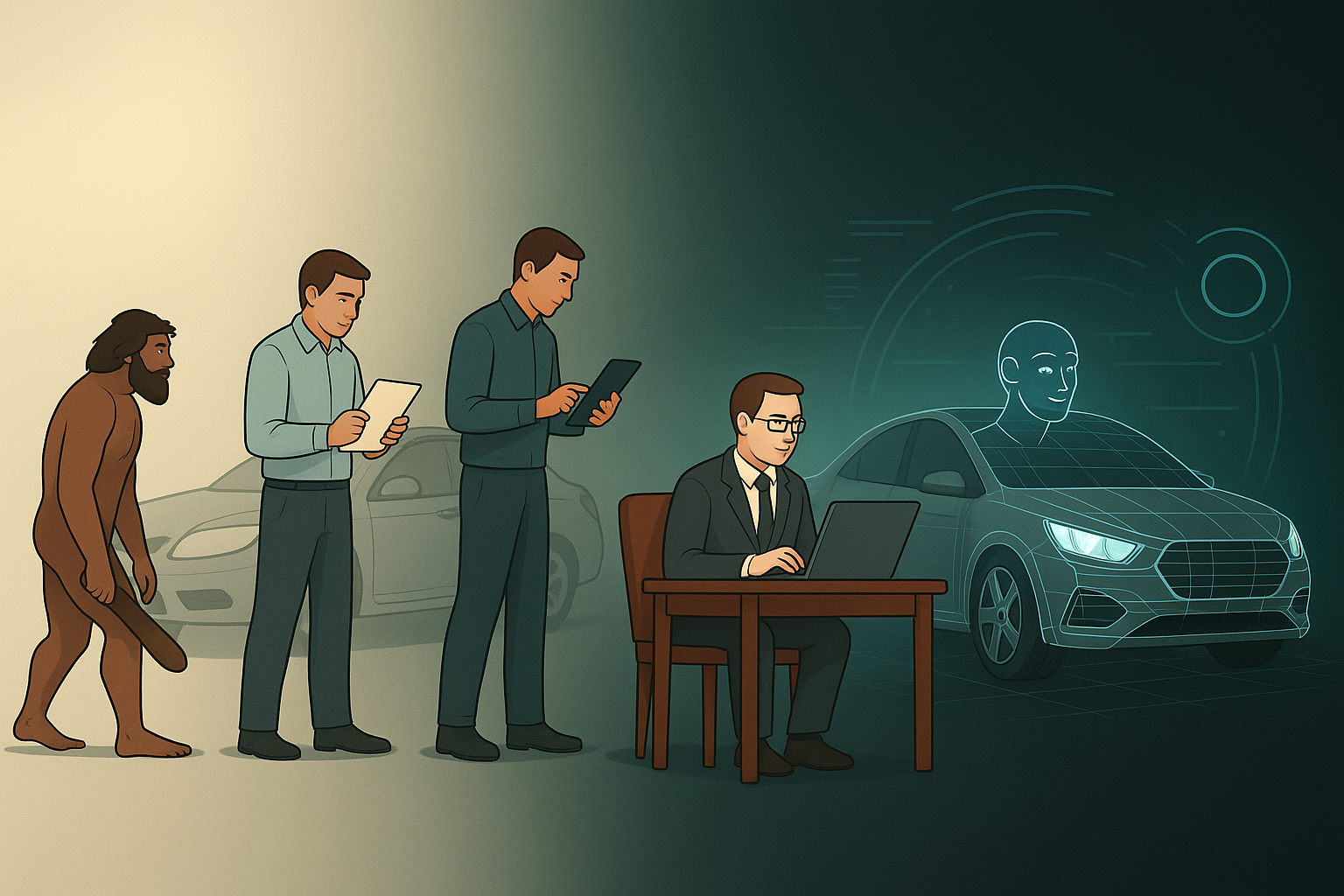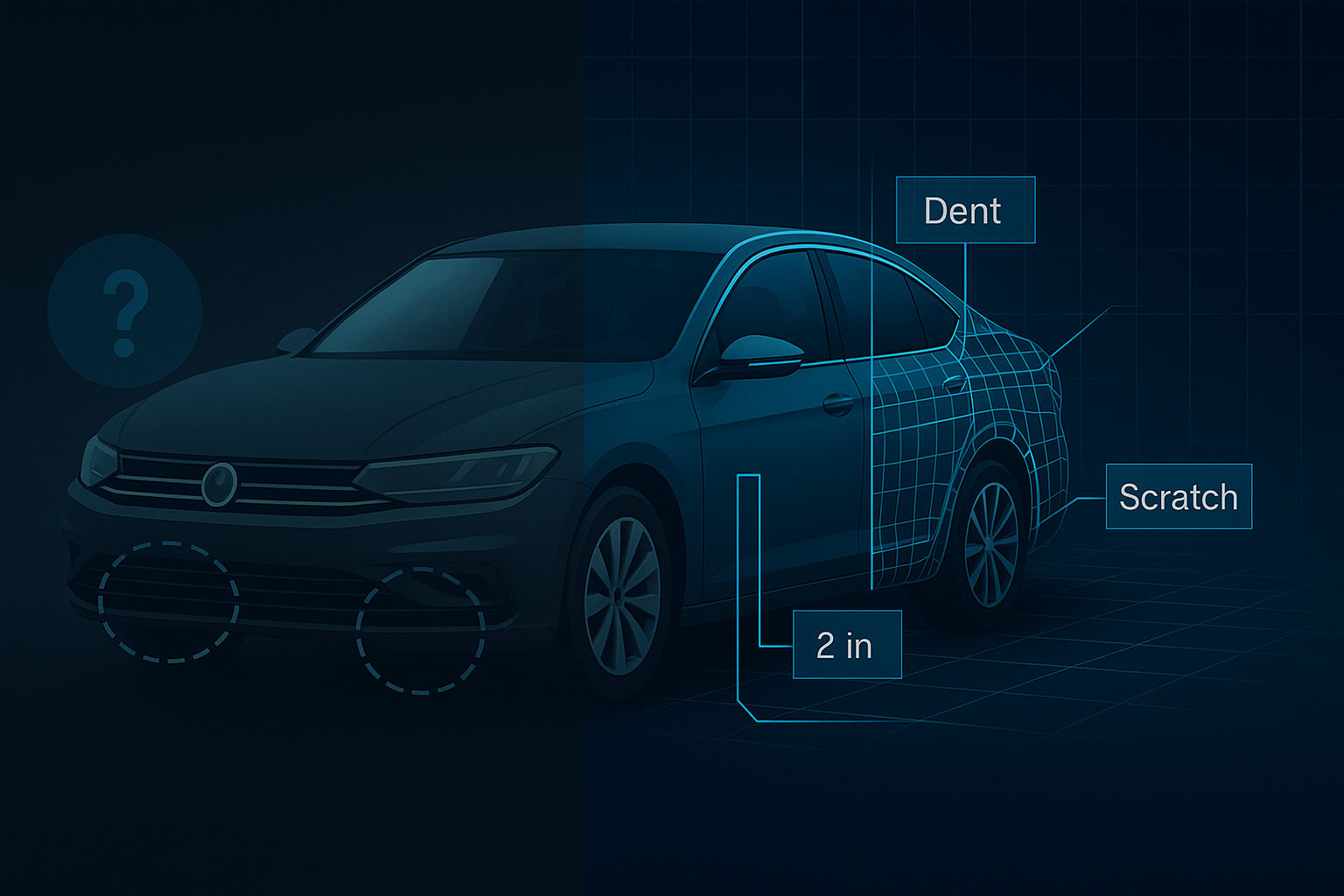When purchasing a used car, evaluating its exterior is only part of the equation. Interior damages can often be hidden from plain sight but can significantly impact the vehicle's value and safety. In this guide, we'll delve into the importance of inspecting interior damages when buying a used car and provide practical tips for uncovering hidden risks.
The Importance of Interior Inspection:While a car may appear pristine on the outside, interior damages can tell a different story. From upholstery tears to malfunctioning electronics, interior issues can lead to costly repairs and compromise the overall driving experience. By conducting a thorough interior inspection, buyers can make informed decisions and avoid unpleasant surprises down the road.
Common Interior Damages to Watch For
- Upholstery Damage: Tears, stains, and signs of wear and tear on the seats, carpets, and headliner can indicate neglect or heavy use.
- Dashboard and Control Panel: Cracks, scratches, and malfunctioning controls may suggest improper maintenance or potential mechanical issues.
- Electronics and Infotainment System: Non-functional screens, faulty speakers, and electrical issues can affect the car's entertainment and safety features.
- Odors: Unpleasant smells, such as mold or mildew, could indicate water damage or improper ventilation.
- Structural Integrity: Loose trim, sagging headliners, and rattling panels may point to poor craftsmanship or previous accidents.
Tips for Interior Inspection
- Bring a Flashlight: Use a flashlight to inspect dark corners and under seats for hidden damages.
- Check for Moisture: Look for signs of water damage, such as musty odors, damp carpets, or foggy windows.
- Test Electronics: Turn on the radio, air conditioning, and other electronic features to ensure they function properly.
- Inspect Seat Adjustments: Test seat adjustments, including recline, height, and lumbar support, to ensure they work smoothly.
- Document Your Findings: Take photos and notes of any damages or concerns to reference during negotiations.
Conclusion
When buying a used car, interior damages can be just as important as exterior flaws. By conducting a thorough inspection and paying attention to details, buyers can avoid costly repairs and ensure they're getting the best value for their investment. Remember, taking the time to uncover interior damages now can save you headaches later on.
Whether you're in the market for a budget-friendly commuter car or a luxury sedan, prioritizing interior inspection is key to making a smart and informed purchase decision.





